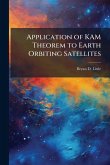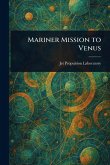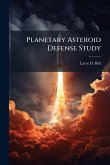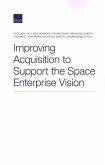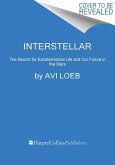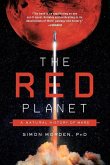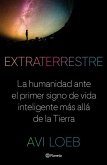There are approximately 25,000 "city killer" asteroids in near-Earth orbit-and most are yet to be found. Small enough to evade detection, they are capable of large-scale destruction, and represent our greatest cosmic threat. But in September 2022, against all odds, NASA's Double Asteroid Redirection Test (DART) mission deliberately crashed a spacecraft into a carefully selected city killer, altering the asteroid's orbit and proving that we stand a chance against them. In How to Kill an Asteroid, award-winning science journalist Robin George Andrews-who was at DART mission control when it happened-reveals the development of the technology that made it possible, from spotting elusive asteroids and comets to figuring out their geologic defenses and orchestrating a deflection campaign. In a propulsive narrative that reads like a sci-fi thriller, Andrews tells the story of the planetary defense movement, and introduces the international team of scientists and engineers now working to protect Earth.
Bitte wählen Sie Ihr Anliegen aus.
Rechnungen
Retourenschein anfordern
Bestellstatus
Storno


